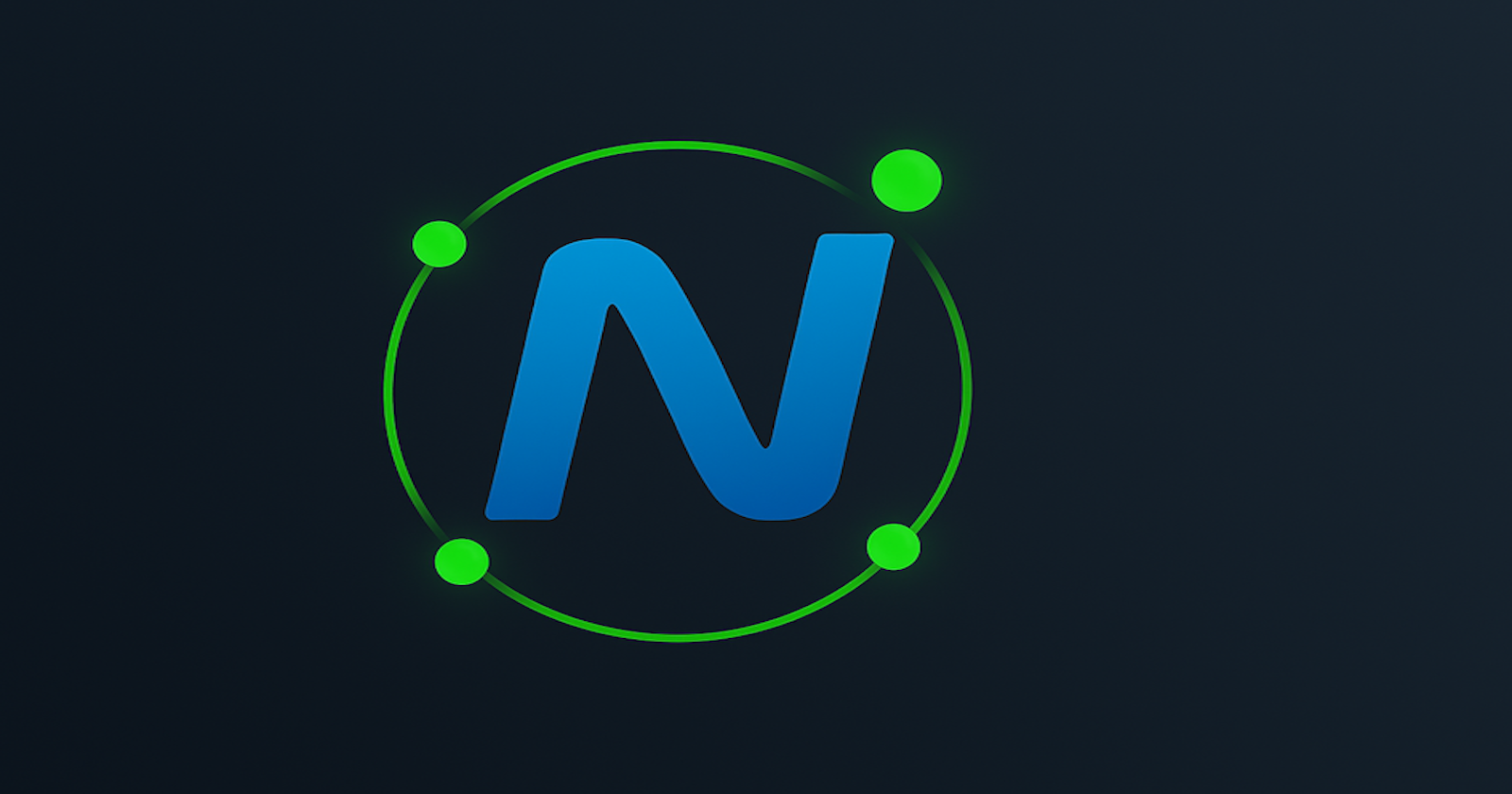NetShift v1.0.0
 Mike Becker
Mike Becker
Operation NetShift: Deploying the Ultimate IP Switcher
Hey there, operatives! Mainframe79 here, reporting in from the digital frontlines. I’ve just completed a high-stakes mission to deploy NetShift, a slick utility designed to make IP switching as smooth as a stealth op. This isn’t just another tool—it’s a game-changer for anyone who needs to swap network settings on the fly. Let’s break down the mission, from objective to debrief, and get you geared up to join the operation.
Mission Objective
The target: create a utility that lets operatives switch IP settings faster than Cobra can crack a weak password. NetShift is built for environments where network configs change more often than a double agent’s loyalties—think switching between static IPs and DHCP without breaking a sweat. The goal? A user-friendly, secure, and efficient tool that minimizes privilege requirements while maximizing operational effectiveness. Whether you’re a sysadmin on a covert op or a dev testing in hostile networks, NetShift has your six.
Gear Check
Before we dive into the action, let’s inventory the gear that makes NetShift a force to be reckoned with:
Preset Management: Save, apply, and delete IP configs (IP address, subnet mask, gateway, DNS) like you’re saving intel for a black op.
DHCP Support: Reset adapters to DHCP faster than you can say “exfiltrate.”
Network Adapter Detection: Automatically scopes out physical network adapters, ignoring decoys like Bluetooth connections.
Registry Fallback: Preconfigures IP settings via the registry when the adapter’s offline—perfect for when the network goes dark.
Service-Based Architecture: Deploys a Windows service (
NetShiftService) running asLocalSystemto handle the heavy lifting, so the main app (NetShift.exe) can operate without needing admin clearance.Installer: A self-contained
NetShiftInstaller.exethat packs all dependencies (.NET Framework 4.8, .NET 8 Desktop Runtime) and deploys the app and service with precision.
All components are signed with an SSL.com EV Code Signing certificate, ensuring authenticity and integrity—no rogue agents here.
Execution Plan
Here’s how I executed Operation NetShift and got this utility into the field:
Code Assembly: Built the core app (
NetShift.exe) and service (NetShiftService.exe) using .NET 8, with a sharedNetShift.Modelsproject to keep data in sync. The app’s UI is a WPF masterpiece, designed for quick IP switches without the UAC hassle (requestedExecutionLevelset toasInvoker).Service Deployment: Configured
NetShiftServiceto run asLocalSystem, handling all privileged ops (like IP changes) via a named pipe (net.pipe://localhost/NetShiftService). Secured the pipe for local comms only, minimizing the attack surface.Installer Construction: Assembled
NetShiftInstaller.exeas a self-contained executable, embeddingNetShiftSetup.msiand the runtime installers. It checks for .NET Framework 4.8 and .NET 8 Desktop Runtime, installing them if needed, and deploys the app toC:\Program Files\NetShift\.Security Lockdown: Signed all components with my SSL.com EV Code Signing certificate using the
SignAppPersonalfunction. This ensures the package is legit and avoids those pesky SmartScreen warnings.Release Deployment: Uploaded the signed
NetShiftInstaller.exedirectly to GitHub Releases at https://github.com/Mainframe79/NetShift. No external hosting needed—the package is under 2 GB, so GitHub handles it like a champ.
The operation was a success, and NetShift is now live in the field, ready for operatives to deploy.
Mission Debrief
Operation NetShift is a textbook success. The utility is live on GitHub, and I’ve already seen operatives downloading and deploying it in their networks. Here’s the sitrep:
Deployment: Grab
NetShiftInstaller.exefrom the Releases page, run it as Administrator, and you’re in business. It’s a single.exethat handles everything—no extraction needed.Security: All components are signed with my SSL.com EV Code Signing certificate, so you can trust the package. Logs are stored securely at
C:\Users\<username>\AppData\Local\NetShift\Logs, accessible only to the user.Performance: NetShift is lightweight and efficient, with no UAC prompts thanks to the service-based architecture. It’s been battle-tested on Windows 10 and later, with all dependencies included.
Next Steps: I’m monitoring feedback from the field. Future missions might include adding more preset options or enhancing the UI for even faster ops. Stay tuned for updates, operatives!
Head over to the NetShift GitHub repository to join the operation. The code is open under the MIT License, so you can fork, modify, and deploy as needed. Let’s keep those networks secure and agile—Mainframe79 out!
Subscribe to my newsletter
Read articles from Mike Becker directly inside your inbox. Subscribe to the newsletter, and don't miss out.
Written by
